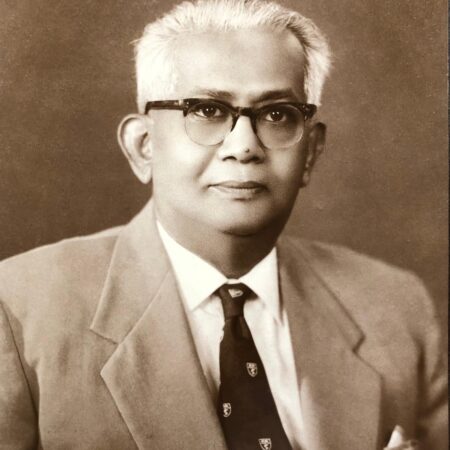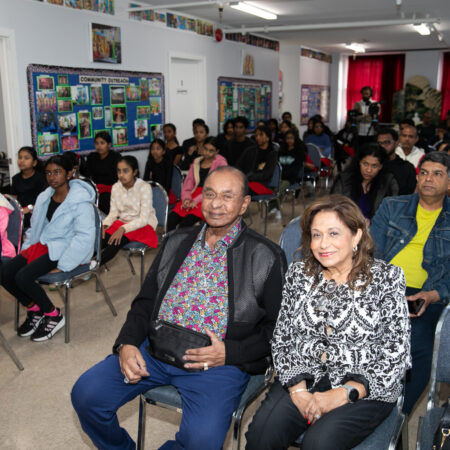Rukshan De Silva, The Waterloo alumnus, was named Australian Young Planner of the Year, recognising emerging leaders for outstanding contributions to their field. Among Rukshan’s many achievements, Planning Institute Australia lauded his commitment to innovation in the workplace, his collaboration with communities and government planners, and his volunteer contributions, including strategic land use planning in Peru and involvement with PIA’s National Settlement Strategy Team.
Rukshan currently works as a principal planner at the New South Wales Department of Planning and Environment, where he’s leading the design of Australia’s most extensive ski town.
Rukshan has always been a community man — volunteering his time to give back to his community in any way he can — something that’s continued since his elementary school days. Growing up, he was also very creative and interested in design. Put design and community together, and that’s the sweet spot, so designing communities for a living was the perfect fit for him.
The University of Waterloo’s co-op program was a standout and a strong influencer on his decision to choose Waterloo. Of course, it helped that his elder brother was also studying at Waterloo at the time, but co-op was why he decided on Waterloo too.
He had four co-op terms and cherished each of them very much – a mix of public sector and private sector, and one that he went on to work at full-time as soon as he finished his degree at Waterloo. That said, my first co-op was particularly special – he interned at a design firm called Hassell in Sydney, Australia, which was an exciting overseas experience for a second-year planning student. He wrote all my final exams early, allowing him to spend a month travelling across the country and four months of exciting urban design work. He loved Sydney so much that I decided to move back in 2017. It’s been two years (and counting…), and he loves each day even more than the last.
Rukshan was fortunate to have had the exciting opportunity of volunteering as an urban planner in rural Peru on two missions over the past two years with the Federation of Canadian Municipalities through their Sustainable and Inclusive Communities in Latin America program. The program aimed to empower and strengthen the capacity of four rural regions of Peru and Colombia that were influenced by mining activity. While mining had resulted in much foreign investment in these areas over time, economic benefits were unevenly distributed, and communities near the mines experienced a range of social, environmental and political consequences. His role was to provide peer-to-peer technical assistance to municipal politicians and planners in these communities to assist with capacity building, knowledge sharing and experiential learning. The experience was nothing short of rewarding for him and something he will always cherish.
He doesn’t think there’s a single answer to this question, and that’s because every community is different — they have different values, needs, and aspirations for how they want to grow in the future. So, as planners, we need to understand what makes each community unique instead of applying a cookie-cutter approach — the local character of a community and the story of its past are absolutely part of its future.
That said, planning provides people with choices — choices for where they live, work, play and shop; options for what types of homes they live in; choices for how they move. And by providing these choices as urban planners, we’re really in a position to impact people’s lives positively. We want the communities we plan to be livable, accessible and socially inclusive places for everyone, regardless of age or ability. We also want our communities to be healthy, environmentally sustainable and resilient to climate change and economic downturns. And we want our communities to be adaptable to a future that we’re not always able to predict.
But with that growth comes a demand for planners. It’s our job to manage that growth — not only how much we grow, but how we grow. We must consider how growth is sustainably distributed across our communities and how that growth is supported by investment in infrastructure, public transport, affordable housing, parklands, social infrastructure, and the like. We must ensure that our communities remain livable as they grow. I know I’m biased, but it’s an exciting future ahead of us, and planners are leading the way into a new frontier.











![TV-Poster-All-Exhibition-Sri-Lanka-in-Focus-USA-2025[1]](https://www.srilankafoundation.org/wp-content/uploads/2025/04/TV-Poster-All-Exhibition-Sri-Lanka-in-Focus-USA-20251-450x450.jpg)










